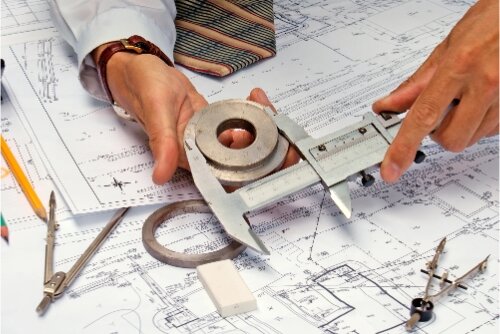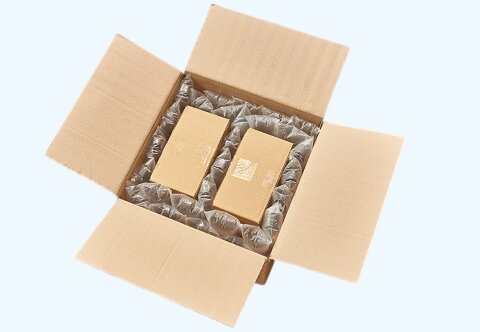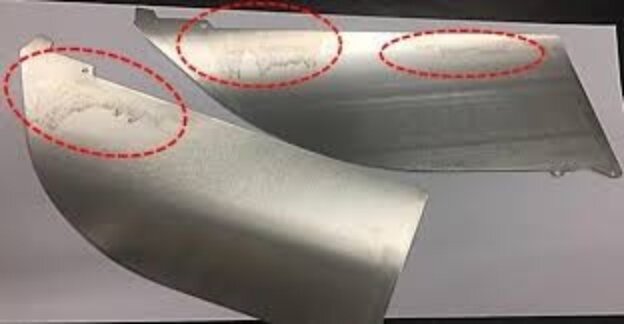Aluminum is a common material in manufacturing, but marking it clearly and permanently can be difficult. Traditional methods like engraving or printing may not last long or provide the needed precision. If markings fade or wear off, it can cause compliance issues, tracking problems, or an unattractive look. Laser marking is a reliable solution. It creates sharp, durable, and easy-to-read markings without harming the aluminum surface.
This method is popular because it’s versatile and works well for small and large projects. Whether marking serial numbers or branding, laser marking delivers consistent results. Ready to learn more? Let’s explore the details.
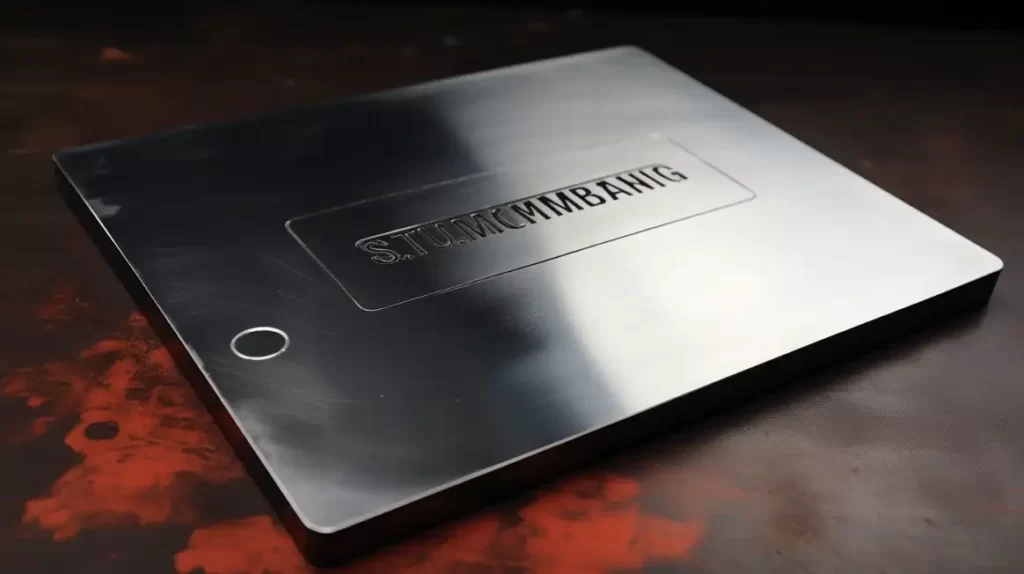
What Is Laser Marking?
Laser marking is a process that uses a focused laser beam to create marks on a material’s surface. The laser changes the material’s color or texture, leaving text, logos, or codes behind. It’s fast, clean, and doesn’t require inks or chemicals. This makes it ideal for industries that need durable, high-quality markings.
Laser marking is non-contact, meaning the material has no physical wear. The marks are also resistant to fading, scratching, and heat.
Fundamentals of Laser Marking Technology
Laser marking technology is both precise and versatile. It uses focused laser beams to create marks on various materials. Let’s look at how it works and the different processes involved.
How Laser Marking Works?
Laser marking uses a high-energy beam to create permanent marks on aluminum surfaces. The laser directs intense light onto the metal, heating it to a high temperature. This process changes the surface without cutting deep into the material.
The laser must generate enough energy for aluminum to heat the surface quickly. The heat causes a reaction that alters the color or texture of the material, making the mark visible. Unlike engraving, which removes material, laser marking modifies the surface while keeping it intact.
The markings stay clear and readable over time. Since aluminum parts often undergo wear and surface treatments, the markings mustn’t fade, peel, or degrade. Laser marking ensures long-lasting identification without damaging the part.
Types of Laser Marking Processes
There are several ways to mark materials with a laser. Each method has its benefits and uses. Here are the most common types:
Engraving
Engraving removes a small layer of the material’s surface. The laser vaporizes the material, leaving a visible indentation. This method is perfect for creating deep, permanent marks. It’s often used for serial numbers, logos, or decorative designs.
Etching
Etching is similar to engraving but removes less material. The laser creates shallow marks by melting the surface. This method is ideal for detailed designs or fine text. It’s commonly used in electronics and medical devices.
Dark Marking
Dark marking uses heat to create dark, high-contrast marks on metal surfaces. The laser oxidizes the material, changing its color. This method is popular for aluminum because it produces clear, durable marks without removing material. It’s often used for branding or identification.
Different Types of Aluminum
Aluminum comes in various forms, each with unique properties. These differences affect how laser marking works on the material.
Anodized Aluminum
Anodized aluminum has a protective oxide layer on its surface. This layer is created through an electrochemical process, making the material more durable and corrosion-resistant.
Bare Aluminum
Bare aluminum is untreated and has no additional coatings. It’s highly reflective, which can make laser marking more challenging.
Powder-coated Aluminum
Powder-coated aluminum has a layer of dry powder applied to its surface, which is then cured to form a hard finish. This coating provides extra protection and can come in various colors.
What Laser Will Marking on Aluminum?
Different types of aluminum require specific laser technologies for optimal marking results. Let’s break down the best lasers for every kind of aluminum.
Laser Marking Bare Aluminum
Fiber lasers work best for marking bare aluminum. Their 1064nm wavelength is well-absorbed by metal surfaces. Fiber lasers create marks through surface oxidation, melting, or color change.
YAG lasers also work on bare aluminum but may be less efficient than fiber lasers. CO2 lasers generally struggle with bare aluminum due to high reflectivity.
Laser Marking Anodized Aluminum
Multiple laser types effectively mark anodized aluminum. Fiber lasers remove the anodized layer to reveal the base metal. This creates high-contrast marks, especially on colored anodizing.
CO2 lasers work well on anodized surfaces despite struggling with bare aluminum. They remove or discolor the anodized layer without affecting the base metal.
Both UV and green lasers also provide excellent results on anodized aluminum. Fine details and minor text marks are better with UV lasers.
Laser Marking Powder Coated Aluminum
CO2 lasers excel at marking powder-coated aluminum. They interact well with the organic compounds in the coating. The laser can remove the coating to expose the aluminum underneath. This creates a silver mark against the colored background.
Fiber lasers work for coating removal but may transfer too much heat to the base metal.
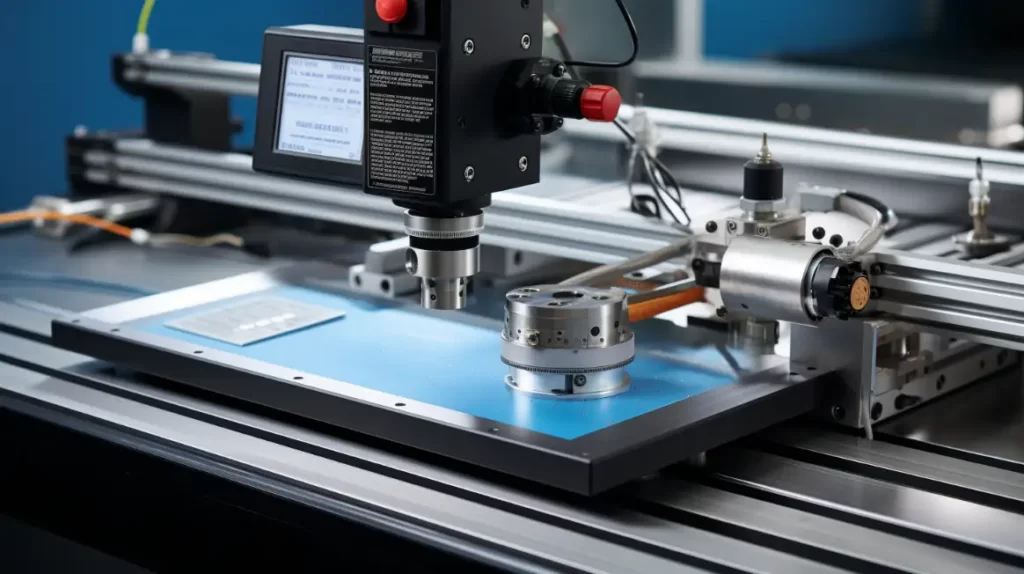
Design Considerations for Laser Marking Aluminum
You need to consider several factors to achieve the best results with laser marking. Let’s dive into the key design considerations for laser marking aluminum.
Choosing the Right Laser Settings
Laser settings play a crucial role in the quality of the marks. The correct power, speed, and frequency combination ensures clear, durable markings. Start by testing on a sample piece to find the optimal settings for your specific project.
Optimizing Power, Speed, and Frequency
- Power: Higher power creates deeper or darker marks, but too much power can damage the material.
- Speed: Faster speeds produce lighter marks, while slower speeds create darker or deeper marks.
- Frequency: Higher frequencies work well for detailed marks, while lower frequencies are better for deeper engraving.
Effects of Pulse Duration and Wavelength
- Pulse Duration: Shorter pulses create finer marks with less heat, reducing the risk of material damage. Longer pulses are better for deeper engraving.
- Wavelength: The laser’s wavelength determines how it interacts with the material. Fiber lasers (1064 nm) are ideal for metals like aluminum, while CO2 lasers (10.6 µm) work better for coatings.
How does Surface Finishing affect marking Quality?
The surface finish of aluminum impacts the laser marking process. Smooth surfaces produce more precise, detailed marks, while rough surfaces may require adjustments to power and speed. Anodized or coated surfaces need specific laser settings to ensure the marking penetrates the layer without damaging the base material.
Benefits of Laser Marking Aluminum
Laser marking offers many benefits for aluminum products. Here’s why it’s a popular choice:
- Permanent Marks: Laser marks are durable and won’t fade over time.
- Precision: The laser can create very detailed and accurate marks.
- No Consumables: Unlike ink or labels, laser marking doesn’t require additional materials.
- Eco-Friendly: It’s a clean process that doesn’t produce waste or harmful chemicals.
- Versatility: Laser marking works on many types of aluminum, including anodized and coated surfaces.
Limitations of Laser Marking Aluminum
While laser marking aluminum offers many benefits, it also has some limitations. Let’s look at the main limitations of laser marking aluminum.
Surface Reflectivity Issues
Aluminum is highly reflective, which can make laser marking more difficult. The laser beam may bounce off the surface, reducing its effectiveness. To overcome this, use a laser with a wavelength suited for reflective materials, like a fiber laser.
Potential for Overheating and Warping
Aluminum conducts heat well, but excessive laser power or slow marking speeds can cause overheating. This may lead to warping or damage, especially on thin or delicate parts. To avoid this, use lower power settings and faster speeds.
Limitations in Color Marking
Laser marking on aluminum typically produces black, white, or gray marks. For colored marks, consider using anodized or coated aluminum, where the laser can remove the top layer to reveal a different color underneath.
Applications of Laser Marking Aluminum
Laser marking is used in many industries. Here are some typical applications:
- Aerospace: Marking parts with serial numbers or safety information.
- Automotive: Labeling components for traceability and branding.
- Electronics: Adding logos, codes, or technical details to devices.
- Medical: Marking tools and equipment for identification and compliance.
- Consumer Goods: Creating custom designs or branding on products.
Conclusion
Laser marking aluminum is a precise, durable, and efficient process used across aerospace, automotive, medical, and electronics industries. It creates permanent marks through engraving, etching, and dark, offering high contrast and detail.
Ready to improve your aluminum marking process? Contact our expert team today for a free consultation. We’ll help you select the right laser marking solution for aluminum applications.
FAQs
Can Any Laser Be Used for Marking Aluminum?
Not all lasers work well for aluminum. Fiber lasers are the best choice because their wavelength (1064 nm) is ideal for metals. CO2 lasers can work on coated or anodized aluminum but are less effective on bare aluminum due to their reflectivity.
How Can I Achieve a Dark or Black Mark on Aluminum?
To create dark or black marks, use annealing marking. This process heats the aluminum surface, causing oxidation that changes the color. It’s perfect for high-contrast, durable marks without removing material.
Does Laser Marking Weaken Aluminum?
Laser marking generally doesn’t weaken aluminum if done correctly. However, excessive heat or power can cause warping or damage, especially on thin parts.
Is Laser Marking Permanent on Aluminum?
Yes, laser marking is permanent. The marks resist fading, scratching, and heat, making them ideal for applications requiring long-lasting identification or branding.
Hey, I'm Kevin Lee

For the past 10 years, I’ve been immersed in various forms of sheet metal fabrication, sharing cool insights here from my experiences across diverse workshops.
Get in touch

Kevin Lee
I have over ten years of professional experience in sheet metal fabrication, specializing in laser cutting, bending, welding, and surface treatment techniques. As the Technical Director at Shengen, I am committed to solving complex manufacturing challenges and driving innovation and quality in each project.


